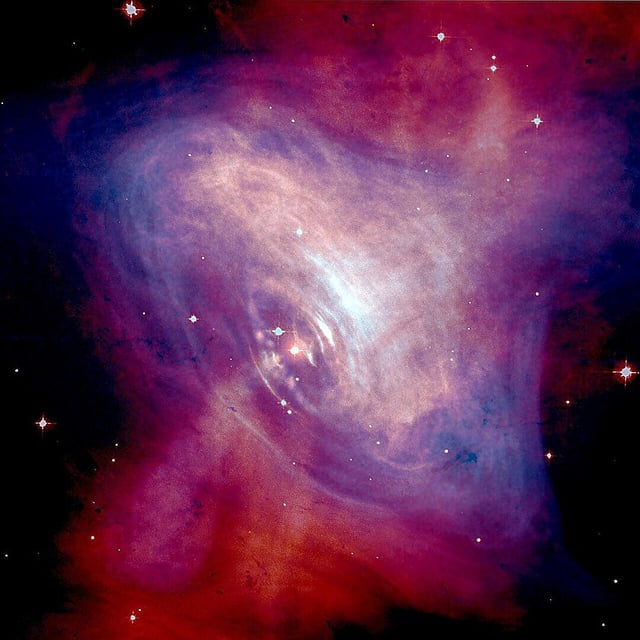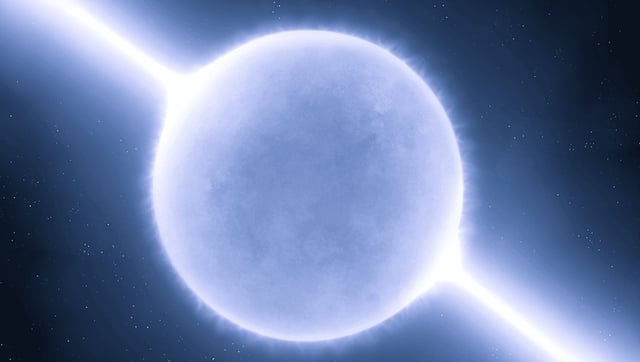Overview
- Simulations by a Peking University team show that minute mountain-like features about one centimeter tall can concentrate electric fields on a neutron star’s surface to trigger particle cascades.
- PSR J0250+5854 and PSR J2144-3933 challenge existing theories by emitting radio pulses despite slowed spins that place them beyond the theoretical death line.
- Researchers suggest these surface peaks consist of strangeon matter bound by strong nuclear forces, enabling them to withstand intense particle bombardment.
- Future observations with telescopes such as the Chinese FAST facility could detect timing and intensity signatures indicative of these tiny topographical features.
- The work also links the emergence and erosion of these microscopic mountains during starquakes to the sudden spin glitches recorded in some neutron stars.

